Puppetry
Theatre or Television
This week on HowlRound, we take a look at the many faces of American puppetry. Once again enjoying a resurgence in pop culture, puppet art's impact on our nation's culture is deeper than most would think. This series will take a look at the art form through the eyes of some of its most innovative and stalwart thinkers. Find the full series here.
I am a professional puppeteer; yes, that is what I do for a living. I am predominately a television puppeteer, but I also work a fair amount of the time doing live theatre, as both a performer and a director/producer. I have been performing Oscar the Grouch's girlfriend Grundgetta Grouch for over 25 years. In the television puppet world, you also do background dogs, frogs, butterflies, letters, numbers, right hands, legs, elbows, and little girls. It's been a wonderful job and I have been lucky enough to have worked on many other shows, including Between the Lions, Allegra’s Window, Blue's Clues-Blue's Room, Eureeka's Castle, TV Funhouse, and Chappell’s Show, to name a few. I have also performed many commercials and films. The other part of my life has been about live theatre; Off-Broadway, regional theatres, outreach touring shows, teaching, and directing.
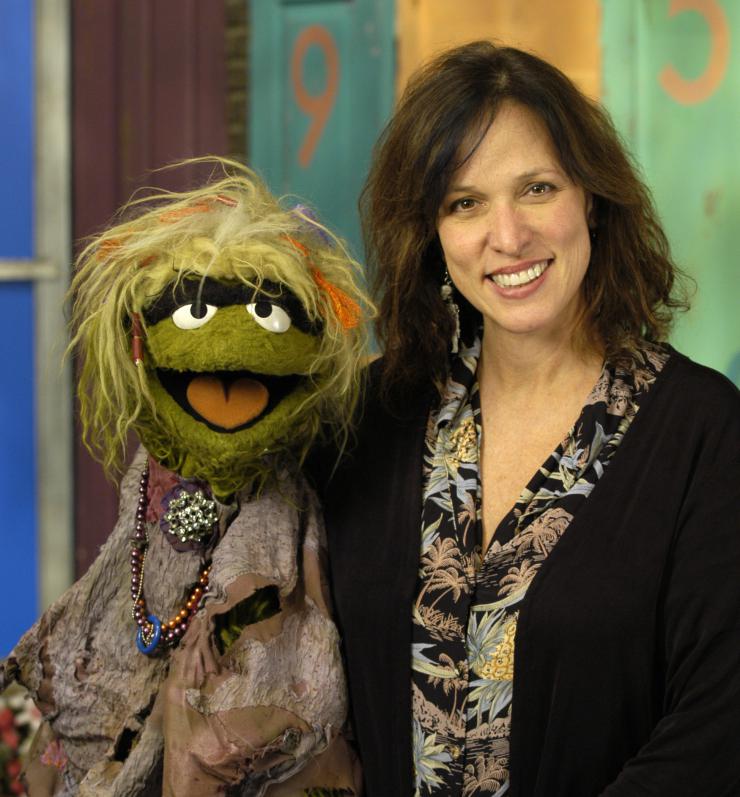
I love performing for TV; the immediate feedback, the ability to constantly monitor my performance, to banter and play with the other performers, the safety of being able to do it again.
How It Started
My first puppet job out of college was in the second crew in to the original Little Shop of Horrors, Off-Broadway. I had helped Martin P. Robinson cut out leaves for the puppets and do some light building on the puppets before the show premiered and I went back to school. So when it came time to put in the second cast while the originals were going to London, I got the call. I had just graduated by that time and was available. It was a great opportunity for me, fresh out of graduate school (I got my MA in Puppetry Arts from the University of Connecticut). After about a month there, I also got my first TV show, The Great Spacer Coaster. So my hectic, joyful puppet life began.
I would perform on the TV show during the day, and work on Little Shop at night. After a couple months, something had to give. I quit Little Shop and continued with television. A short time later, I was cast on Sesame Street and for a while, I stopped my live theatre work. But then, the lure of live theatre is hard to resist and soon I was back to doing live shows wherever I could. And I still do. There are often live outreach shows with the Sesame characters and Leona, my Between the Lions character, and that is always so rewarding. [Between the Lions is a PBS Kids show designed to promote reading] I have the opportunity to reach many kids in tough situations with a show that makes them smile and forget about what is troubling them all the while educating them about difficult topics. I did three tours of the Katrina ravaged South within six months of the tragedy. The teachers at the schools often told us it was the first time they had seen the kids really smile since the storm. There have been many shows about safety preparedness, reading, health, and community awareness that have been a pleasure to share in many parts of the country.


In 1991, a year after Jim Henson had passed away, I had the opportunity to teach a television manipulation workshop at the first National Puppetry Conference at the Eugene O'Neill Theater Center. We worked with twenty neophyte puppeteers and had a wonderful time. This reconnected me with many playwrights and “serious” theatre folk, and my fancy swung back to live theatre. So began my love affair with O'Neill Theater Center. I am currently the Artistic Director of that very conference and I am truly delighted to bring puppetry arts to all types of theatre artists each year. My life now bounces between the two forms, and there are many similarities and a few differences.
Daily Routine of a Puppeteer
Now, my normal TV day will be to get into the studio by 8:00 A.M., have my scripts mostly memorized, wait for the stage manager to call us to the floor. Once called, we usually do a read of the whole script as a group, then go set up the specific scene. We then will pick up our puppets from the puppet wrangler's table, and begin shooting. We shoot and reshoot until we get the scene and move on to the next. It's well organized; lunch pretty much from 1:00-2:00, specific ten-minute breaks, and then we shoot until around 6:00 and go home. However, we will shoot until we get the whole show done, sometimes staying until midnight, but not all that often. Sesame Street shoots only about eight weeks a year, so it is always a treat to go to work. The other puppeteers are so funny and talented, we spend much of our day laughing and working hard to make each other laugh. The reason we only partially memorize our scripts is because there are often changes and we have the luxury of being able to tape our scripts to the monitors we use to watch our every move. And the luxury of another take when we are unhappy with a performance or if something goes wrong. When we sing, we prerecord the songs. It's mostly because the strain of the way we puppeteer on a TV set makes it tough to sing. We are often sitting and crouching to stay out of the shot, and getting your best voice out is a challenge. In terms of scripts, they are written weeks and months before we shoot. The blocking is provided by a puppet captain and the director. The puppets, props, and costumes are provided by the Henson Workshop, and our puppet wranglers are amazing. They make sure our puppets look the best they can on TV and any repair is taken care of swiftly and beautifully. Though the work is challenging, we have every support and advantage to make the show the best it can be. It is such a joy to work there. However, we are the only audience along with the camera crew, some of the grips, and the occasional visitors. So, the immediate feedback is much different than a live show. It often feels like all of the performance is in my head, or what I see on the monitor. Sometimes, I have no idea if something is really funny, or touching, or real. It is a somewhat disconnected performance in that way. There is always the distance from the audience which is part and parcel of television. You do not interact with television, you passively watch a show. The fourth wall that can't be broken.
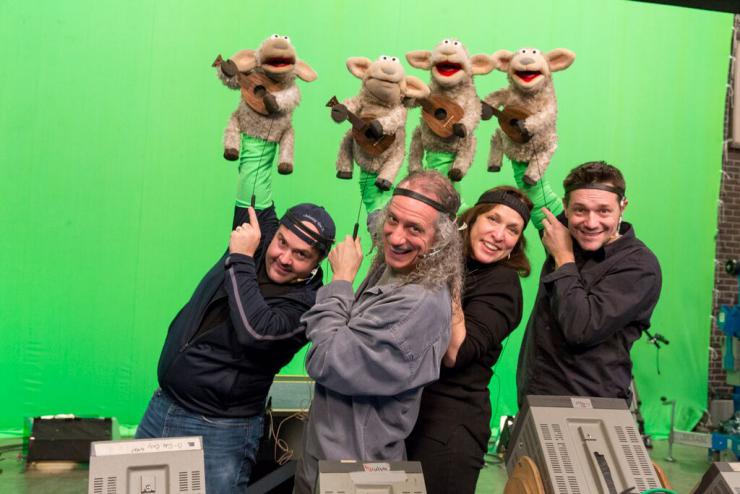
As a live puppeteer, we write our scripts, we build the puppets ourselves, we work out the blocking, and we sing, manipulate, and do all aspects of the performance ourselves.
Working Live
When we work in live theatre, or at the O'Neill, we are the whole ball of wax. Usually, this means that as a live puppeteer, we write our scripts, we build the puppets ourselves, we work out the blocking, and we sing, manipulate, and do all aspects of the performance ourselves. We do work with each other and support each other, but things are not so compartmentalized as they are in the television world. Yes, we have lighting and sets, with crews that help with those aspects, but you are more independent, more on your own. I find that we, as puppeteers, like it that way. Even when you have a cast of five to seven puppeteers, you still are in charge of most of what goes on. You have to know where your next scene takes place, where those puppets are set for that scene, what your lines and blocking are, how they impact the whole show ,and what it looks like to the audience. Then you have to think about your performance in conjunction with all of that planning. You know that the puppet you have built is working properly, and that you don't have the option of a do-over in front of the audience. It feels like free fall, in comparison to TV, but it also feels free. Interestingly, the performance anxiety is almost the same. You know when you have done it right, you hear the audience respond: the laugh, the intake of a breath, the stiffed sob, the deathly silence. The joy of live theatre is the feel of really touching people who are right in front of you. There is no delay, there is no distance of glass and electronics. They live and breathe with you. The connection is immediate. And then the luxury of doing the show again, a chance to perfect it in a way that is not the same as with video. Yes, you can shoot and reshoot on the spot, but the careful honing and reshaping of the performance, the time between the shows to think about what can be done, the crafting of the language and movement can only be done audience by audience. That growth of a piece can only be done on stage. Once it is filmed, it is done and we don't revisit it at all.
As the Artistic Director of the conference, I have the opportunity to see many new shows spring forth and grow. It is a great gift to see so many different views of the world, different styles of puppets, different voices develop into a performance. These shows are sometimes great, sometimes not so great, but it is wonderful to see them move out into the greater society. To say I love them both is an understatement. For me, it is like asking which is my favorite child. Both forms offer delights and challenges. Whatever I am doing at the moment tends to be my favorite. I love performing for TV; the immediate feedback, the ability to constantly monitor my performance, to banter and play with the other performers, the safety of being able to do it again. I love live theatre, the energy of the audience coming at you from over the chairs, the nerves just before the curtain opens, the laughter, the silence, keeping on your toes to cover your mistakes, the applause at the end of the show.

It is in deepest gratitude is that I know I am extremely lucky to be able to have a foot in each world and walk through them almost comfortably, with my arms over my head and hands in puppets.


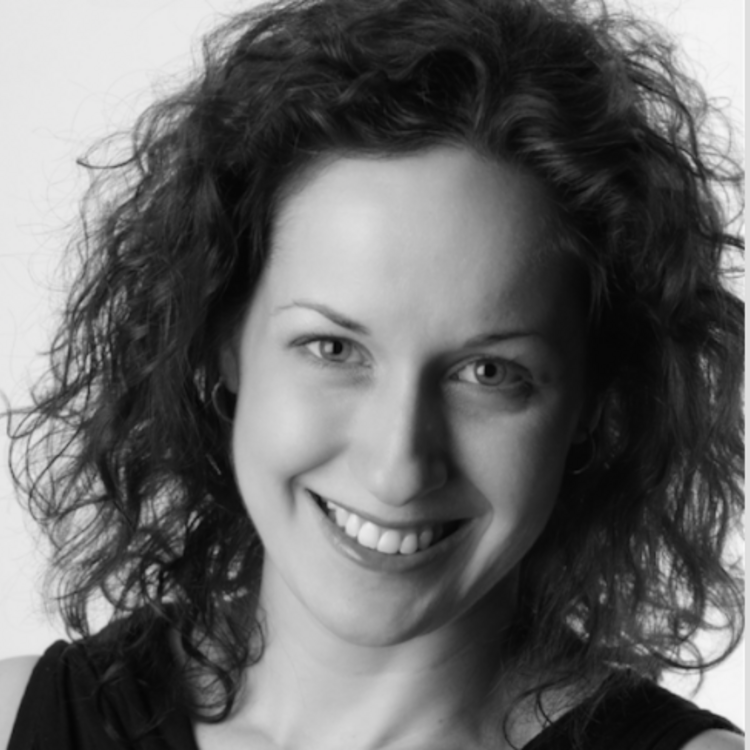
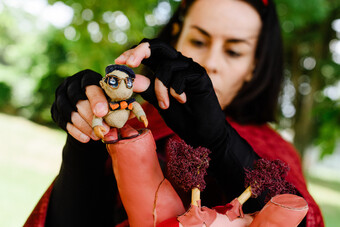

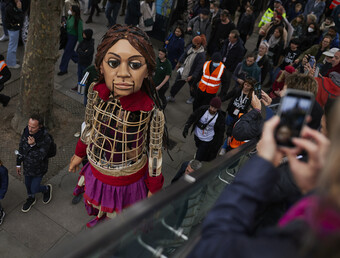



Comments
The article is just the start of the conversation—we want to know what you think about this subject, too! HowlRound is a space for knowledge-sharing, and we welcome spirited, thoughtful, and on-topic dialogue. Find our full comments policy here